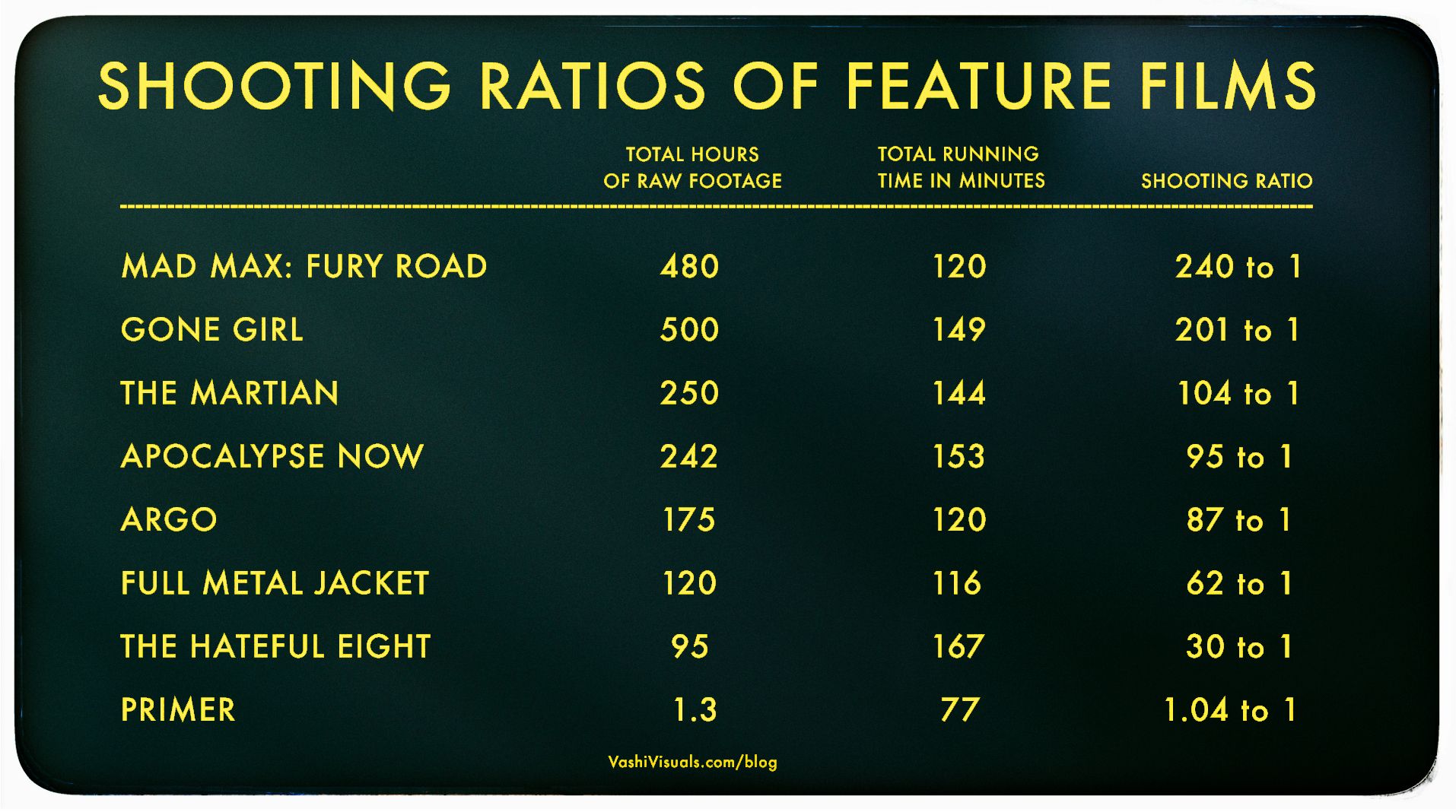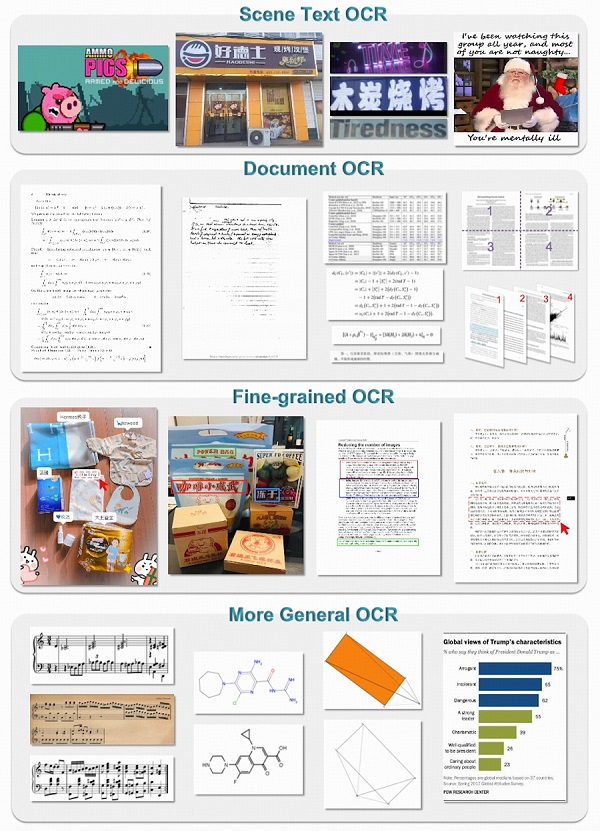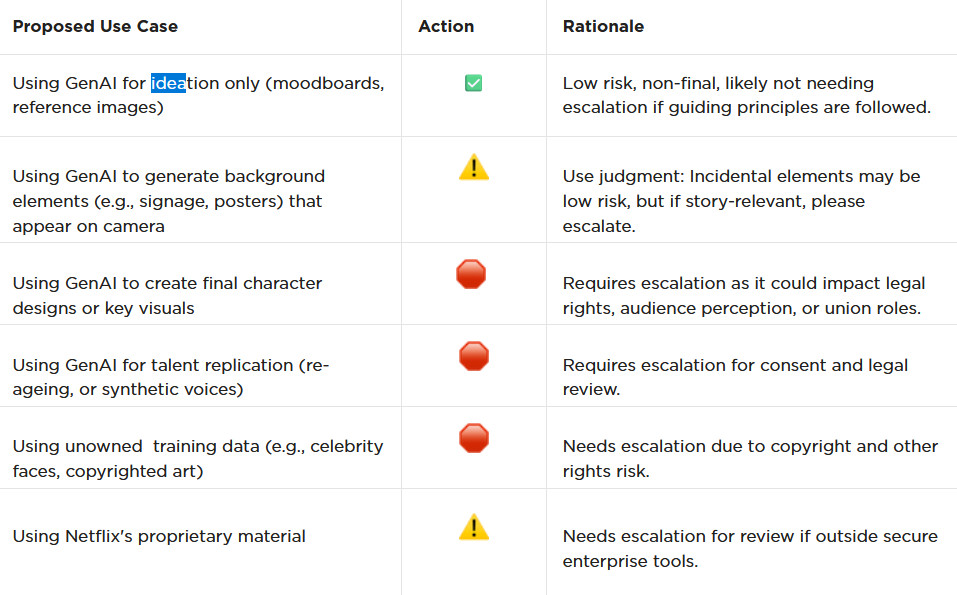BREAKING NEWS
LATEST POSTS
-
DynVFX – Augmenting Real Videoswith Dynamic Content
Given an input video and a simple user-provided text instruction describing the desired content, our method synthesizes dynamic objects or complex scene effects that naturally interact with the existing scene over time. The position, appearance, and motion of the new content are seamlessly integrated into the original footage while accounting for camera motion, occlusions, and interactions with other dynamic objects in the scene, resulting in a cohesive and realistic output video.
https://dynvfx.github.io/sm/index.html
-
ByteDance OmniHuman-1
https://omnihuman-lab.github.io
They propose an end-to-end multimodality-conditioned human video generation framework named OmniHuman, which can generate human videos based on a single human image and motion signals (e.g., audio only, video only, or a combination of audio and video). In OmniHuman, we introduce a multimodality motion conditioning mixed training strategy, allowing the model to benefit from data scaling up of mixed conditioning. This overcomes the issue that previous end-to-end approaches faced due to the scarcity of high-quality data. OmniHuman significantly outperforms existing methods, generating extremely realistic human videos based on weak signal inputs, especially audio. It supports image inputs of any aspect ratio, whether they are portraits, half-body, or full-body images, delivering more lifelike and high-quality results across various scenarios.
-
Conda – an open source management system for installing multiple versions of software packages and their dependencies into a virtual environment
https://anaconda.org/anaconda/conda
https://docs.conda.io/projects/conda/en/latest/user-guide/getting-started.html
NOTE The company recently changed their TOS and this service now incurs into costs for teams above a threshold.
Use MicroMamba instead. -
Vashi Nedomansky – Shooting ratios of feature films
In the Golden Age of Hollywood (1930-1959), a 10:1 shooting ratio was the norm—a 90-minute film meant about 15 hours of footage. Directors like Alfred Hitchcock famously kept it tight with a 3:1 ratio, giving studios little wiggle room in the edit.
Fast forward to today: the digital era has sent shooting ratios skyrocketing. Affordable cameras roll endlessly, capturing multiple takes, resets, and everything in between. Gone are the disciplined “Action to Cut” days of film.https://en.wikipedia.org/wiki/Shooting_ratio

-
General OCR Theory – Towards OCR-2.0 via a Unified End-to-end Model – HF Transformers implementation
https://huggingface.co/stepfun-ai/GOT-OCR-2.0-hf
GOT-OCR2 works on a wide range of tasks, including plain document OCR, scene text OCR, formatted document OCR, and even OCR for tables, charts, mathematical formulas, geometric shapes, molecular formulas and sheet music.

-
QNTM – Developer Philosophy
- Avoid, at all costs, arriving at a scenario where the ground-up rewrite starts to look attractive
- Aim to be 90% done in 50% of the available time
- Automate good practice
- Think about pathological data
- There is usually a simpler way to write it
- Write code to be testable
- It is insufficient for code to be provably correct; it should be obviously, visibly, trivially correct

-
Arminas Valunas – “Coca-Cola: Wherever you are.”
Arminas created this using Juggernaut Xl model and QR Code Monster SDXL ControlNet.
His pipeline:
Static Images – Forge UI.
Upscaled with Leonardo AI universal upscaler.
Animated with Runway ML and Minimax.
Video upscale – Topaz Video AI.
Composited in Adobe Premiere.
Juggernaut Xl download here:
https://civitai.com/models/133005/juggernaut-xl
QR Code Monster SDXL:
https://civitai.com/models/197247?modelVersionId=221829
FEATURED POSTS
-
AI and the Law – Netflix : Using Generative AI in Content Production
https://www.cartoonbrew.com/business/netflix-generative-ai-use-guidelines-253300.html
- Temporary Use: AI-generated material can be used for ideation, visualization, and exploration—but is currently considered temporary and not part of final deliverables.
- Ownership & Rights: All outputs must be carefully reviewed to ensure rights, copyright, and usage are properly cleared before integrating into production.
- Transparency: Productions are expected to document and disclose how generative AI is used.
- Human Oversight: AI tools are meant to support creative teams, not replace them—final decision-making rests with human creators.
- Security & Compliance: Any use of AI tools must align with Netflix’s security protocols and protect confidential production material.


-
Photography basics: Production Rendering Resolution Charts
https://www.urtech.ca/2019/04/solved-complete-list-of-screen-resolution-names-sizes-and-aspect-ratios/
Resolution – Aspect Ratio 4:03 16:09 16:10 3:02 5:03 5:04 CGA 320 x 200 QVGA 320 x 240 VGA (SD, Standard Definition) 640 x 480 NTSC 720 x 480 WVGA 854 x 450 WVGA 800 x 480 PAL 768 x 576 SVGA 800 x 600 XGA 1024 x 768 not named 1152 x 768 HD 720 (720P, High Definition) 1280 x 720 WXGA 1280 x 800 WXGA 1280 x 768 SXGA 1280 x 1024 not named (768P, HD, High Definition) 1366 x 768 not named 1440 x 960 SXGA+ 1400 x 1050 WSXGA 1680 x 1050 UXGA (2MP) 1600 x 1200 HD1080 (1080P, Full HD) 1920 x 1080 WUXGA 1920 x 1200 2K 2048 x (any) QWXGA 2048 x 1152 QXGA (3MP) 2048 x 1536 WQXGA 2560 x 1600 QHD (Quad HD) 2560 x 1440 QSXGA (5MP) 2560 x 2048 4K UHD (4K, Ultra HD, Ultra-High Definition) 3840 x 2160 QUXGA+ 3840 x 2400 IMAX 3D 4096 x 3072 8K UHD (8K, 8K Ultra HD, UHDTV) 7680 x 4320 10K (10240×4320, 10K HD) 10240 x (any) 16K (Quad UHD, 16K UHD, 8640P) 15360 x 8640






